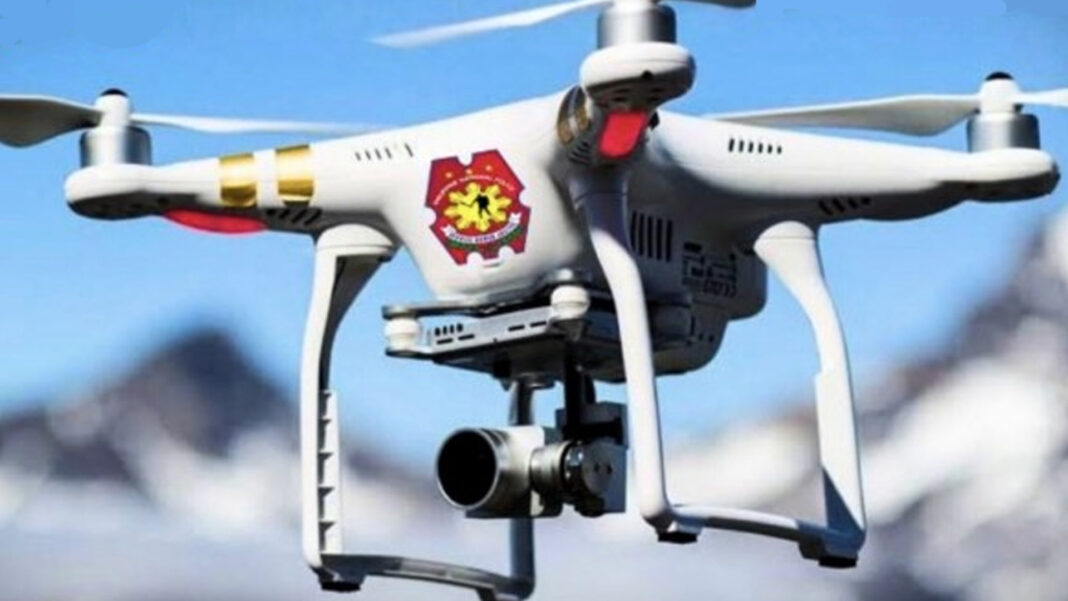Philippine National Police (PNP) acting chief Lt. Gen. Jose Melencio Nartatez, Jr. on Monday said the organization is transitioning to a technology-powered future, which leverages drones, data analytics and interconnected systems to make the Philippines safer, smarter and more responsive in times of crisis.
In a statement, Nartatez said the PNP is working to enhance situational awareness and operational efficiency through the use of unmanned aerial systems or drones capable of real-time monitoring and reconnaissance.
These drones can be deployed during disasters, search and rescue operations, traffic management and law enforcement missions, providing ground commanders with a clearer picture of developing situations.
“Drones can serve as our eyes in the sky during critical incidents, whether it’s a flood, fire, or large public event. They help us respond faster, plan better, and ensure the safety of both responders and civilians,” Nartatez explained.
In 2018, the PNP announced the acquisition of 700 drone units worth PHP56 million to strengthen its law enforcement, surveillance and internal security operations. The drones were intended for all police operating units, including elite forces such as the Special Action Force and provincial mobile groups.
Nartatez added that the PNP is also exploring the use of predictive analytics to strengthen crime prevention and improve emergency readiness.
He added that by analyzing patterns from crime reports, calls for assistance and mobility data, police units can anticipate potential trouble spots and allocate resources more effectively.
“Through data-driven systems, we can shift from reactive to proactive policing. Our goal is to use information not just to respond to crime but to prevent it before it happens,” he said.
The initiatives complement the Unified 911 Emergency Hotline System launched recently in Central Visayas by the DILG, with support from the PNP.
The 911 platform centralizes emergency calls for police, fire and medical assistance, ensuring real-time coordination among first responders.
“With the Unified 911 system as our backbone, the next step is integration, that is, connecting our surveillance, data analytics, and response systems to create a seamless flow of information. This allows us to save more lives and ensure public safety more efficiently,” Nartatez said.
Nartatez directed police units to explore the use of drones for real-time surveillance, predictive analytics for crime prevention and the integration of the PNP’s CCTV networks, e-blotter systems and regional operation centers into the Unified 911 Command Center.
Over the weekend, the PNP and the Department of the Interior and Local Government launched the first 911 Regional Command Center in Cebu, which integrates fire, medical and rescue services under a unified system and aligns the province with global standards for rapid, coordinated and effective crisis intervention.
Interior Secretary Jonvic Remulla said the Cebu center allows callers to speak with operators who understand Visayan dialects.
Drones are also set to be deployed for aerial monitoring during emergencies.
Remulla warned that prank calls will face penalties since they divert resources from genuine emergencies. (PNA)


